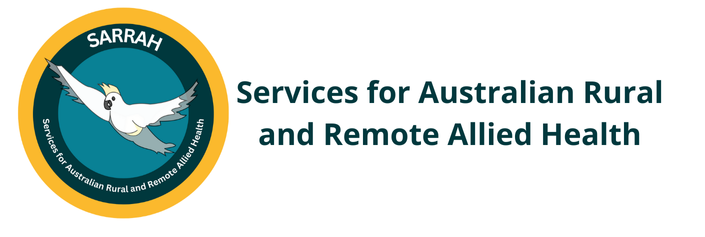Allied Health Rural Generalist Workforce and Education Scheme
Services for Australian Rural and Remote Allied Health (SARRAH) has successfully secured $140,179 in funding for the Attract, Connect, Stay (ACS) Project through the Enhancing Country Health Outcomes (ECHO) grant program was managed by the Foundation for Rural and Regional Renewal (FRRR). This 2-year project aimed to improve health outcomes for people in small rural communities (pop. less than 10,000) in NSW and Victoria. The full Press Release published when the project was announced is attached here.
ACS is an evidence-based, place-informed rural health workforce solution. It is underpinned by 10 years of rural health workforce research and brought to life through translation of this evidence modelled on an existing, proven program operating in Marathon, Ontario Canada. The Marathon model mobilises the gifts, knowledge, and practical skills of residents, community groups and local organisations to better attract and retain health workforce professionals through the establishment of a locally funded, locally recruited and locally managed Health Workforce Recruiter Connector (HWRC) position.
The implementation and oversight of the project was led by Dr. Cath Cosgrave (Cath Cosgrave Consulting / The University of New England) alongside Dr. Christina Malatzky (Queensland University of Technology), Dr. Susan Waller (Monash University) & Dr. Rosalie Boyce (Barwon Health and South West Healthcare / Rosalie Boyce Consulting) and was administered by Services for Australian Rural and Remote Allied Health (SARRAH).
Based on a synthesis of all information gathered, it was concluded that the ACS project fully achieved three of five of its goals and partially achieved the remaining two. ACS enabled real-time development and piloting of an evidence-informed Blueprint in co-design with a single rural community in Australia.
The evaluation report describes the success and impacts of the ACS project and solution and the key mechanisms that contributed to these.
Through managing and executing the AHRGWES project, SARRAH supported private and non-government organisations across rural and remote Australia to implement allied health rural generalist training positions, commencing their workforce development journey on the AHRG Pathway. This project built on the formative work of QLD Health, and subsequent AHRG Pathway implementation in other state health jurisdictions.
Internal reports
The project funding and schedule concluded June 30, 2021. An internal project closure report has been finalised. Summary recommendations are found in Table 1 below.
The following internal report is available:
For a full copy of the the Project Closure Report: Allied Health Rural Generalist Workforce and Employment Scheme please email [email protected]
